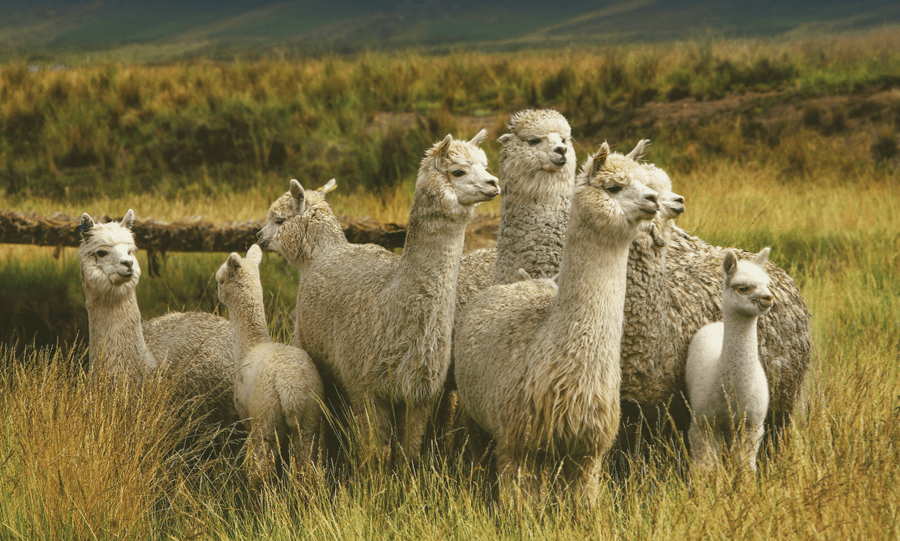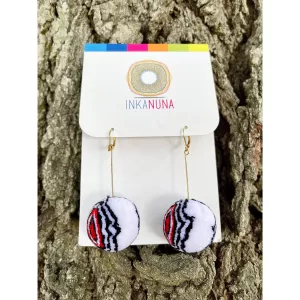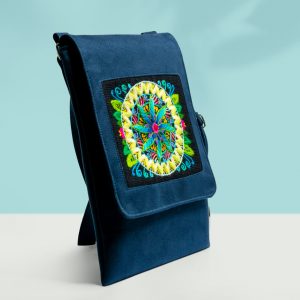The alpaca fiber, which is carefully extracted by the alpaca communities of the Andes of Peru, is recognized worldwide; since it is silky, elastic, soft, durable, resistant and non-flammable. Added to this, the thickness of alpaca hair is 18 to 22 microns, which makes it one of the finest hairs in the world.
The Alpaca fiber is hypoallergenic; therefore, it is an ideal alternative for people who suffer from allergic reactions when wearing woolen garments. In addition,
Alpaca fiber is a odor-resistant fiber, so your alpaca items probably don’t need to be cleaned as often as you think.
Hand-washing is the gentlest method of cleaning an alpaca garment, and will add years to the life of your alpaca clothing. If you don’t have the time to hand-wash your alpaca garments, you can always take them to a professional dry-cleaner. Bring along any labels or care tags that came with the garment, and be sure to point out any spots and stains so they can use the best method to remove them.
Alpaca clothing can last for decades, but its greatest enemies are moths and other pests that cause damage during storage.
If you need to put your alpaca away during warmer months, give it a good clean first following the instructions above.
To keep away moths, use lavender bundles (the chemical moth balls will do as well).
A shirt box, clean pillow case, clean paper bag, or cardboard box will keep the air circulating around the garment. Never use plastic or dry-cleaning bags for your alpaca, as this will cause moisture to build up and the fibers will felt.
Alpaca clothing should be folded rather than hung to prevent stretching and distortion.








